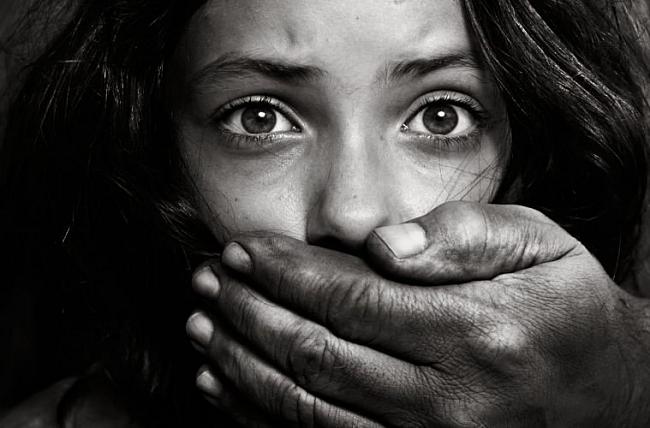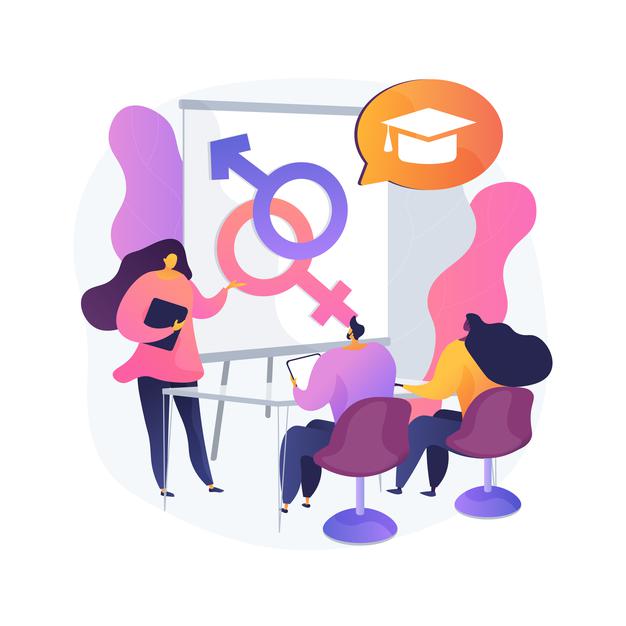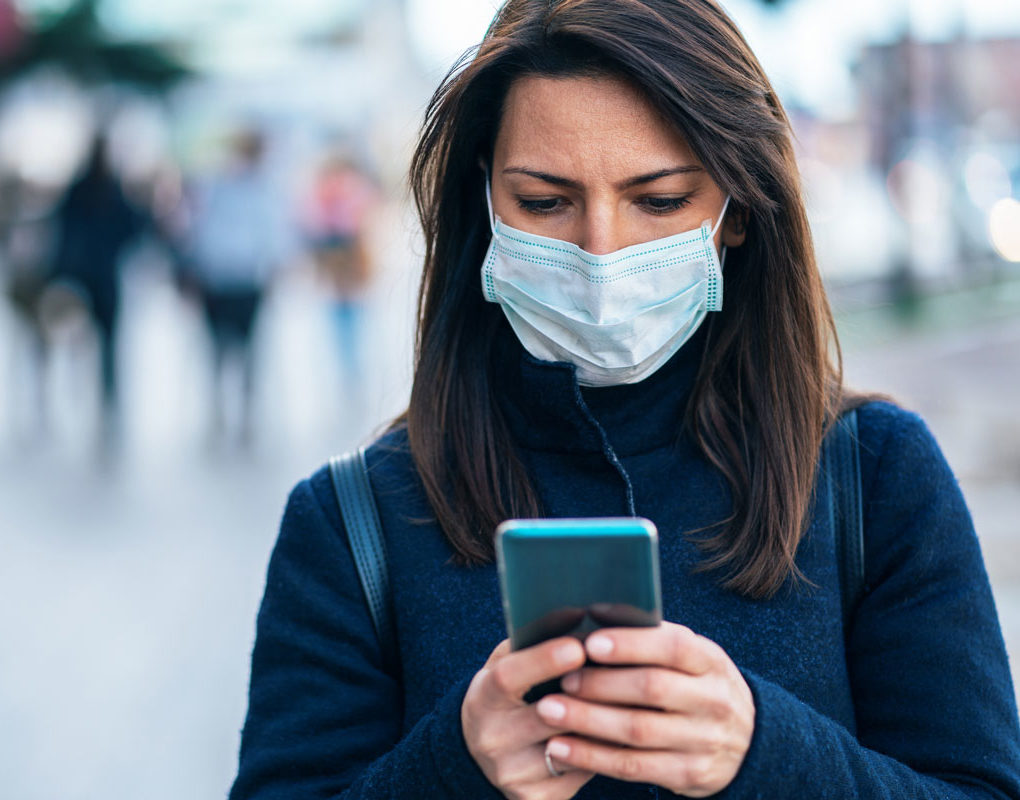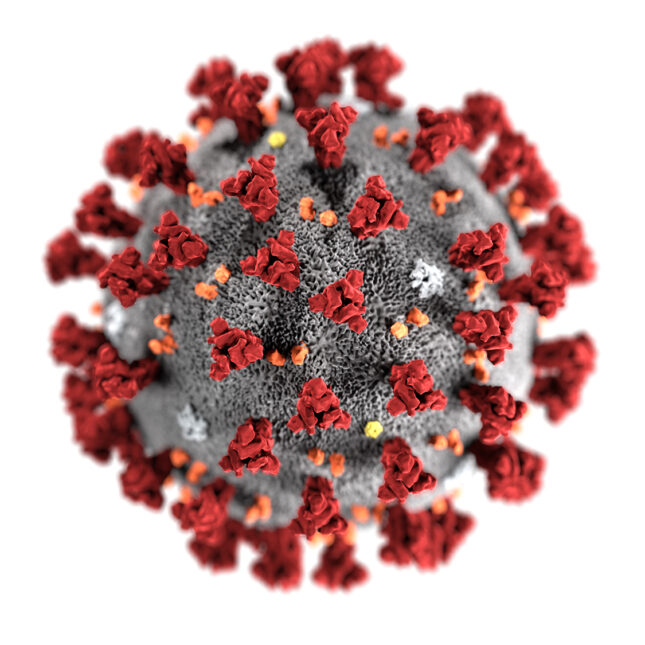A lot has been discussed and debated about the negative impacts of the Covid-19 pandemic on women but the contribution of women in fighting the pandemic has found very sparing mention. This is despite the fact that women health workers are the beating heart of every healthcare system which is aiding the recovery of Covid patients across the globe.
For several decades, women have played a vital role in the global healthcare workforce as nurses, midwives, community health workers and doctors. In some countries 90% of nurses are women. Although women are still less likely than men to reach senior positions in healthcare professions, recent data shows a trend reversal which ignites some confidence of rising gender parity in the Healthcare sector.
It is heartwarming to note that women represent close to 70% of the global healthcare workforce. Several studies estimate that women in health contribute 5% to global gross domestic product (GDP) (US$ 3 trillion) annually, out of which almost 50% is unrecognized and unpaid.
In 2017, almost half of all doctors in Organization for Economic Cooperation and Development (OECD) countries were women. Thirteen OECD countries exceeded gender parity for doctors in 2017, including Slovenia (63.0%), the Lithuania (69.4%), Estonia (74.0%), and Latvia (74.3%). France (44.5%), Germany (46.6%), the United Kingdom (47.6%), and Sweden (48.0%) were nearing gender parity among physicians. However, women still only made up one in five (21.0%) doctors in Japan. Globally, women represent the majority of nurses and midwives. The Americas (86%), Europe (84%), and the Western Pacific (81%) are regions with the highest proportion of women among nurses.
In Canada, women dominate the health fields in Higher Education. In 2017, women made up more than 78.7% of post-secondary graduates in health and related fields. In the past four decades, women’s share of medical degrees has substantially increased. In contrast to 2017, when only 12% of women earned MD degrees in Canada, there has been a significant spike until 2018 with 54.5% of women achieving the same feat.
In India, women are responsible for 70-80% of all the healthcare services being provided. Women healthcare providers can play an important role in educating society to recognize their health and nutrition needs. Women professionals and empowerment of women at all levels are required for improvement of the health and nutrition structure in India.
In terms of Gender Career Satisfaction, on average, women in healthcare report high satisfaction with their careers (75 percent versus 71 percent of men). They find opportunities aligned with their passions and can adapt their careers over time. Women in healthcare tend to be more happier about their careers compared with men in the same field.
Largely, the gender gap in promotion rates in healthcare, unlike in many other industries, is narrowing. Both women and men report asking for raises at the same rates, but women in healthcare say they are slightly more successful in achieving positive outcomes. Women in healthcare reported receiving more of what they requested in compensation negotiations more often than what men did. Both women and men report asking for raises at the same rates, but women in healthcare say they are slightly more successful in achieving positive outcomes. Women in healthcare reported receiving more of what they requested in compensation negotiations more often than what men did.
According to a research done collaboratively by Lean In and McKinsey, healthcare appears to be one of the best industries for working women on several counts. A broad industry that includes drug and medical-device manufacturers, as well as service providers and payers, healthcare surpasses other industries in female representation.
On the flip side, it is an uncomfortable fact that health systems are currently subsidized by the unpaid work done by women and girls delivering care to family and others in their communities. If only women were able to participate in the economy equally, it would result in nearly an estimated $160 trillion increase in global GDP or a 21.7% increase in human capital wealth.
24 million of the 28.5 million nurses and midwives globally are women. Men, on the other hand, are more likely to be physicians and specialists than women. In addition, more men reach leadership positions, leaving women under-represented in senior, higher-paid roles. However, recent studies reveal an increasing participation of women in highly paid occupations in health, a trend likely to continue over the next 20 years.
The report “Delivered by women, led by men: A gender and equity analysis of the global health and social workforce”, co-produced by WHO and Women in Global Health, confirms that women health workers are concentrated into lower status, lower paid and often, unpaid roles, facing harsh realities of gender bias and harassment.
It is unfortunate that women lead only 19% of hospitals. When it comes to companies in the healthcare industry, women only hold 13% of CEO roles and 33% of senior leadership positions. However, despite all the roadblocks, some women have made to the top of the ladder with their talent, remarkable contributions and sustained efforts. Some noteworthy names include Emma Walmsley (CEO of GlaxoSmithKline and the first woman to lead a global pharma company), Gail K. Boudreaux (president and CEO of Anthem), and Laura N. Dietch (president and CEO of BioTrace). Frances H. Arnold, who in 2018 became the fifth woman to win the Nobel Prize in Chemistry is yet another example of women in healthcare who have gained worldwide recognition for her achievements. Women are the primary consumers and decision makers in the healthcare market, and they make up almost 50 percent of the workforce: much of their advancement and leadership in the field rests on those facts.
Since women work in the frontline in providing medical care and perform some of the risky jobs, they have an increased risk of contracting infectious diseases. In the United States, the Centers for Disease Control reports that, as of April 2020, 73% of healthcare professionals who tested positive for COVID-19 were women. Exposure to infectious diseases poses a high psychological burden for women healthcare workers. A study of healthcare settings in China during the COVID-19 outbreak found that women workers reported elevated levels of stress, anxiety, and depression.
Despite all the risks taken by women, disparity continues to pervade the industry when it comes to monetary compensation. Women in healthcare are paid Less, on average, than their male counterparts. Women physicians and surgeons made $0.67 to every $1 earned by their male counterparts in 2018. Women in healthcare support occupations, which include home health aides and nursing assistants, made $0.83 for every $1 their male counterparts made in 2018.
Gender equality needs to be looked at holistically in the healthcare sector – Policies, effectiveness of programs initiated by the government, and employee experiences must be taken into consideration to promote diversity and inclusion. While the trends clearly show that significant progress has been made over the last few decades, much remains to be done.












